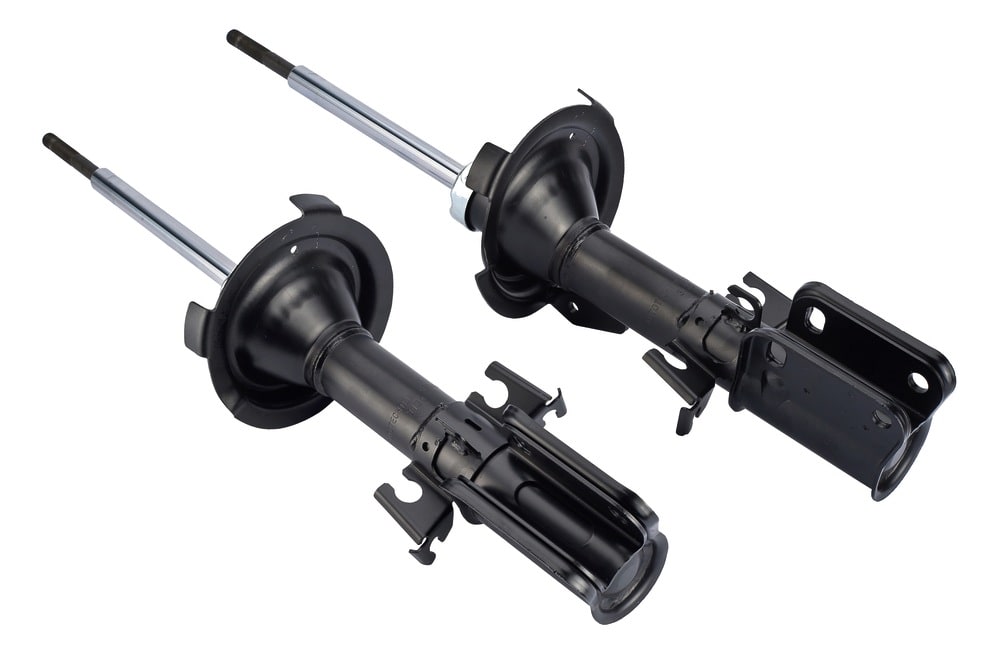

Vehicle struts serve a number of different purposes, including adding control to extreme handling conditions such as sudden turning and braking. They also serve to provide a level of comfort to passengers in the vehicle as they provide a level of side-to-side stability that keeps passengers and drivers from being tossed about in the vehicle.
The stability that a vehicle gains from a strut is derived from a variety of factors including the weight transfer, spring rate of the strut, and the dampening ability to limit any shocks experienced.
Here are some useful tips to consider:
Spring rate: Struts have a spring rate which determines how each strut responds to forces applied against it.
Weight transfer rating: The weight transfer rating tells you how much weight the strut can redistribute during acceleration, turns, and sudden stops. When your struts are too soft, they will lift, canter, or dip when force is applied, and provide no assistance at all, which can make it incredibly difficult to control the vehicle.
Type of strut: The three main types of struts are gas, coilover, pneumatic – all of which operate under the principle that reducing the shock of driving should occur by dampening the effect of springs, oil and gas together.
Coilover struts: Coilover struts – also known as MacPherson struts – have a very descriptive name, with a “coil over” the top of a strut that results in additional dampening of the movement.
Gas-charged struts: Gas-charged struts have both gas and oil in them. The addition of gas to what is essentially a pneumatic strut has the added benefit of reducing foaming and increasing the overall strut efficiency.
Pneumatic struts: Pneumatic struts, also known as hydraulic struts, contain oil, which dampens the shock when driving as the oil is compressed.
Size: Struts come in a wide range of different sizes, and each type of strut may have slightly different sizing. Diverse vehicle manufacturers each utilize a range of dimensions as well.
Strut location: Struts can be found in the front, rear, left-side, and right-side of vehicles and each placement of a strut is meant to stabilize a specific area of the vehicle.
Other things to keep in mind: There are any number of different criteria to keep in mind when purchasing struts: stroke, extended length, the type of shock absorber, the coil, and the spring leg. These all contribute to build the correct type of strut for your specific vehicle and driving patterns.
YourMechanic supplies top-quality struts to our certified mobile technicians. We can also install struts that you've purchased. Click here to get a quote and more information on strut assembly replacement.



